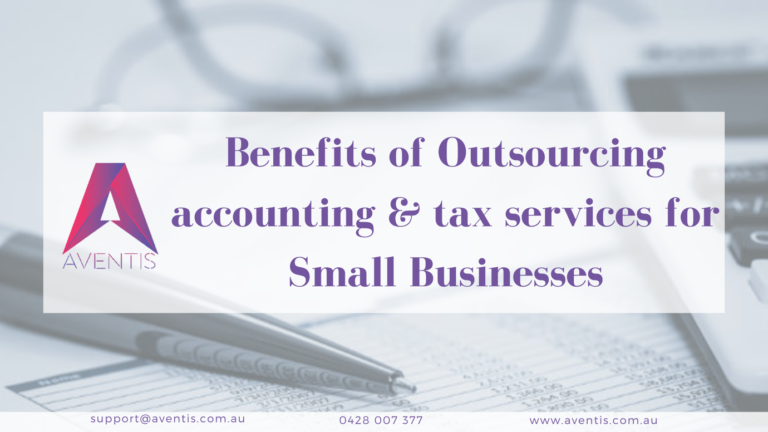In a financial landscape where planning for the future is paramount, Self-Managed Superannuation Funds (SMSFs) have emerged as a powerful tool for Australians seeking control and flexibility over their retirement savings. In this article, we’ll examine what SMSFs can offer you and why they’re such an attractive investment option.
Why Superannuation Matters
Superannuation, often called ‘Super,’ is Australia’s cornerstone of retirement planning. It’s the nest egg we build throughout our working lives, ensuring a comfortable and secure future. But why should you consider SMSFs over traditional Superannuation Funds?
Understanding SMSFs
SMSFs provide an avenue for individuals to take the reins of their superannuation investments. It’s not just about contributing to a fund; it’s about actively managing and tailoring your investments to align with your unique financial goals.
Superannuation is a government-backed savings program in Australia.
Superannuation is a government-backed savings program in Australia. It’s compulsory for employees, so it’s essential to understand the ins and outs of your super account before you start making contributions.
Superannuation is a tax-free, voluntary retirement savings scheme that allows people aged 60 or older to accumulate money for their old age by paying into an earnings-related savings account (ESSA). ESAs are similar to ordinary bank accounts but have some key differences:
- You earn interest on your super accounts from 1 July 2017 onwards (the ESSA rate will be 5% until 1 July 2028).
- Your contributions are not taxed as income when they go into your fund; instead, they reduce your taxable income at source each year.
SMSF is a superannuation fund operated by an individual/family.
SMSFs are superannuation funds operated by an individual/family. They can be set up as a trust or aggregation of individual accounts. The fund must be approved by ASIC and must meet certain requirements in order to conduct business.
SMSFs have many benefits for investors and their beneficiaries, including:
- Tax-free growth on contributions;
- Accessibility to tax-effective investment options;
- Flexible spending power that allows you to dip into your balance when it suits you (i.e., you don’t need permission from anyone).
Self-managed super funds (SMSFs) are also becoming more popular. These funds allow you to manage your super investment portfolio according to your specific circumstances and financial goals.
Self-managed super funds (SMSFs) are also becoming more popular. These types of funds allow you to manage your own super investment portfolio according to your specific circumstances and financial goals.
The process of setting up the SMSF is quite simple, with just one requirement: you must be 18 years old or older and meet specific income requirements set by the government. You can also choose whether or not to hold other assets in your fund – such as shares – or invest solely in managed investments (mutual funds).
Rules that are set by the government decide how much money you can contribute each year, how much tax will be deducted from this amount when paid out, what type of investment products can be purchased inside your account when withdrawals will be made from it (typically annually unless there’s some particular reason why it should happen sooner); what happens if someone else becomes trustee during their lifetime – for example, someone dies without making any changes beforehand!
The Flexibility Factor
Flexibility in Investment Choices
With SMSFs, you have the flexibility to choose where your money goes. From direct assets like property to individual stocks, the range of investment options is broader than traditional funds offer.
Control Over Tax Strategies
SMSFs empower you to implement personalized tax strategies, optimize contributions, and manage capital gains to minimize tax liabilities – a level of control that traditional funds often lack.
The Financial Advantages
Cost Efficiency
While managing an SMSF incurs operational costs, the ability to control your investments can often result in more cost-effective financial management, especially for those with substantial balances.
Estate Planning Benefits
SMSFs offer unique advantages in estate planning. Strategic structuring can facilitate the efficient transfer of wealth, minimizing tax implications for beneficiaries.
Adapting to Change
Flexibility in Changing Circumstances
SMSFs are adaptable to your evolving needs. Whether it’s adjusting investment strategies, accommodating new members, or responding to market shifts, the flexibility of SMSFs ensures they remain relevant and practical.
Superannuation in Australia: A Personalized Approach
In conclusion, SMSFs have become necessary in Australia for those seeking a more hands-on and personalized approach to their superannuation. The ability to control investments, implement tailored tax strategies, and adapt to changing circumstances makes SMSFs a compelling choice for securing your financial future.
SMSFs are a great way to save tax, invest in property, and make money. But they can be expensive and complicated to set up. If you want your own SMSF but don’t know where or how to start, then Leave SMSF in the hands of our experts so you can go back to business—
We specialize in providing exceptional SMSF services; however, what sets us apart is our seamless integration of technology, specifically our Onshore Project Management Team based out of Melbourne.
FAQs: Answering Your Queries
- Can anyone set up an SMSF?
Yes, anyone can set up an SMSF, but it’s essential to consider the responsibilities and obligations involved.
- What’s the minimum balance required for an SMSF?
While there’s no set minimum, having a balance of around $200,000 or more is generally recommended for cost-effectiveness.
- Are SMSFs only for the wealthy?
No, SMSFs are suitable for various balances, and their cost efficiency can benefit individuals with varying financial capacities.
- How often should I review my SMSF investment strategy?
Regular reviews, at least annually, are recommended to ensure your investment strategy aligns with your changing financial goals.
- What happens to an SMSF if a member passes away?
Proper estate planning is crucial. The SMSF can continue with the remaining members, or the benefits can be paid to the member’s beneficiaries.





